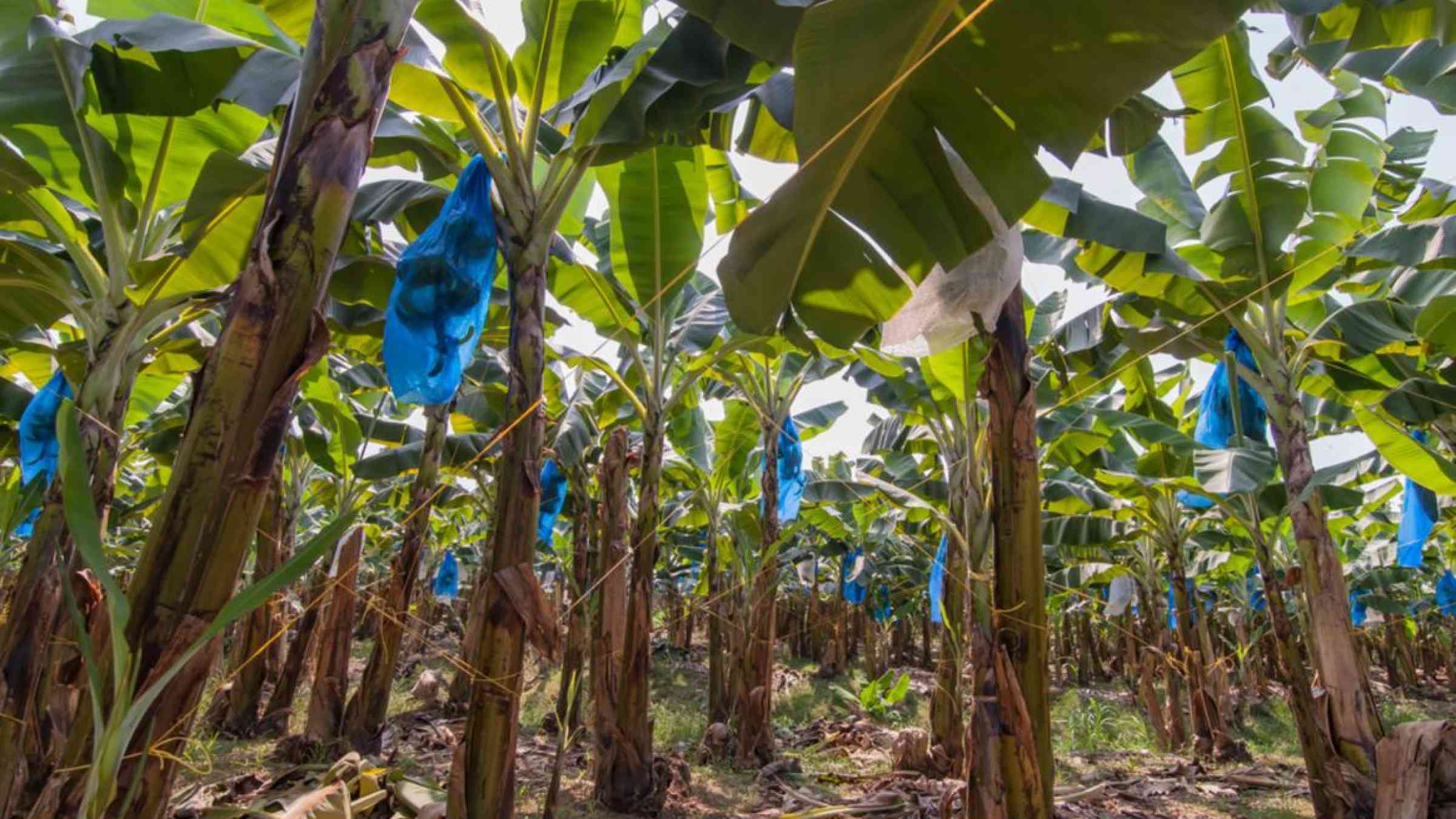Please help us improve PreventionWeb by taking this brief survey. Your input will allow us to better serve the needs of the DRR community.
Agroclimatic information to build resilience in Panama

Wakllaff/Shutterstock
Panama is betting on agroclimatic information to combat climate change and meet the objectives proposed in its NDCs.
By Arely Valdivia
Panama positions climate action as a first-level need and a priority within national planning processes to adapt and mitigate climate change. New strategies are being implemented, including the creation of an agroclimatic information system, which includes the Local Technical Agroclimatic Committees (LTACs), to guide, plan and promote its agricultural sector.
Rising temperatures, dry spells, and changing rainfall patterns in the Central American Dry Corridor are having a major impact on crop development and productivity, resulting in reduced harvests for the agricultural sector, as well as significant economic losses for producers and the regional economy.
Considering the impacts of climate variability and climate change in the region, Panama established in the goals set forth in the ''Panama's Nationally Determined Contribution (NDC1)'', within the framework of the Paris Agreement, new climate change adaptation, and mitigation strategies in order to create a more sustainable and productive agricultural sector.
Panama is already taking its first steps towards this goal. The training course "Data Analysis for Agroclimatic Decision Making in Panama" was recently completed. Its purpose was to strengthen climate resilience and promote sustainable and low-emission development through capacity building on different topics such as the interpretation of climate data, crop simulation models, and agroclimatic information monitoring tools.
Training content and feedback
The course provided a broad overview of how to build, disseminate and analyze required climate information, how it is processed and applied in crop simulation models, how to define sowing dates and how information can be obtained by producers using various information and communication technology tools.
Twenty-eight technical specialists and professionals from different government, academic and cooperation institutions in the country participated in the training. The following are some of the participants' impressions of the course:
"I decided to join because I have just finished my studies at the Faculty of Agricultural Sciences, and as a graduate, I felt that the course met all the objectives that a graduate would like to be trained in, especially for me, as I am entering the labor market. As soon as I saw the content, I said this is great for any job application I would like to apply for, whether in the area of meteorology, agriculture, or maybe even water resource management."
Eymmis Jaén, Engineer in watershed and environmental management from the University of Panama
"I decided to join this course to acquire the ability to transmit in an assertive way the knowledge of the different meteorological variables and thus be able to guide technicians and producers on how the behavior of the different climatic variables influences agricultural activities."
Vianca Benítez, Meteorology Analyst of the Hydrometeorology Department of ETESA
"We have personnel in the ministry that will require some of these tools, how/why they are used and the products that are generated from them, this would be in the first instance a small replication with a group of technicians from the ministry. Subsequently, we would be preparing our own forecasts, analysis of agro-climatic information for each table and generating more specific and concrete information to establish recommendations for producers."
Héctor Pérez, Directorate of Agriculture, Agro-environmental Component of MIDA
To close the training course, the Minister of Agricultural Development of Panama, Augusto Valderrama, and Jesús Quintana, Director for the Americas of the Alliance, joined and said: ''We hope from now on to provide support to MIDA's agroclimatic data office and continue supporting the Agroclimatic Roundtables to generate this information and promote policies that better respond to the challenges of climate change.''
Working for more LTACs
As the next steps, it is expected that the knowledge and tools acquired will be used at the national level for the development of more LTACs. These can generate timely and easily accessible information that will contribute to improving decision-making at the local level for crop management, developing and implementing actions aimed at climate resilience and sustainability.
''We must continue to reinforce this knowledge, with practical application. Technicians must become more familiar with these climate information services. We have found a very open environment to promote these changes in the roles of specialists and technicians and therefore also in producers,'' concluded Carlos Zelaya, course facilitator, and specialist in Agrometeorology of the Alliance Bioversity-CIAT and CCAFS.
Training courses such as this one will allow Panama to use agroclimatic information to guide, plan and promote different actions in the agricultural sector to enable productive and sustainable development. This means, according to its NDC, establishing meteorological stations and gathering all data on the climate of its territory, which can be used in the LTACs, to achieve greater productivity, reduce climate risk and mitigate the effects of climate variability.
Explore further
Please note: Content is displayed as last posted by a PreventionWeb community member or editor. The views expressed therein are not necessarily those of UNDRR, PreventionWeb, or its sponsors. See our terms of use
Is this page useful?
Yes No Report an issue on this pageThank you. If you have 2 minutes, we would benefit from additional feedback (link opens in a new window).